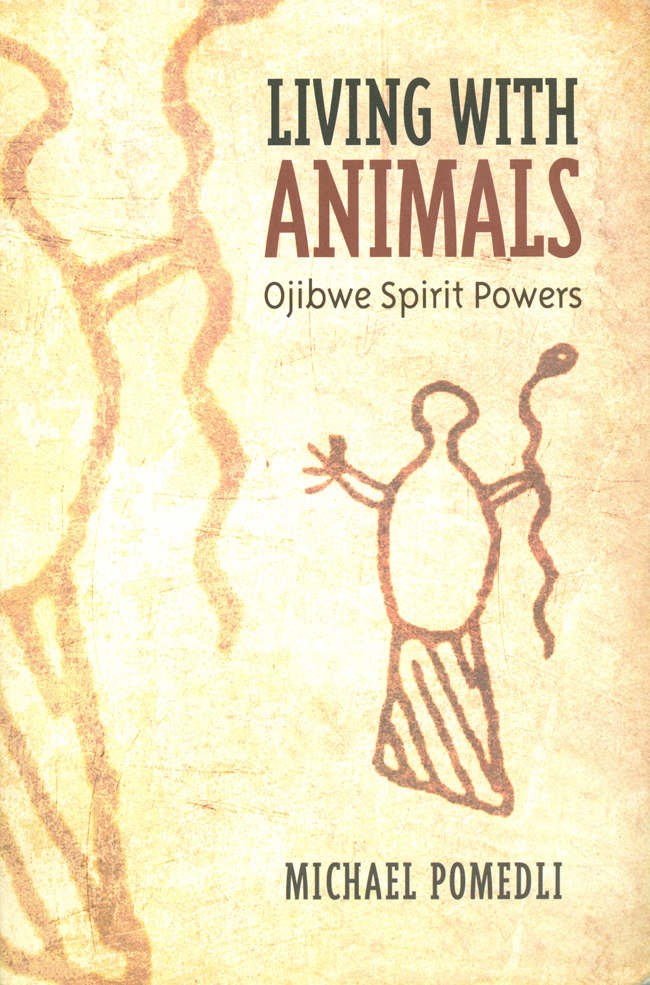Book review: ‘Living with Animals’ a must-read for cultural knowledge
 Review by Karl Hele
Review by Karl Hele
Living with Animals is an important contribution that is respectful of Anishinaabeg traditions, stories, and beliefs, while presenting both cultural insiders and outsiders with a wealth of information. Pomedli contextualizes Anishinaabeg, understandings and beliefs surrounding animals and the Midewiwin in a manner that provides the reader with a modicum of knowledge without destroying or revealing the deep sacredness of spiritual belief. Thus, this work will serve as a primer and much needed balance to other books on Anishinaabeg spirituality written by outsiders. The research for Living with Animals draws on a plethora of sources including trade and mission records as well as oral stories from the nineteenth through twenty-first centuries. The materials consulted are also tempered with consultations with contemporary Elders and Midewiwin practitioners. As such the research methods serve as an example to all scholars working with Anishinaabeg and non-Anishinaabeg sources.
Living with Animals is structured around five chapters that explore our relationship with animals. These animals include that are real (bear, otter and owls) as well as those that according to Settlers are mythological (the thunderers, underwater creatures, and little people). By treating the ‘real’ and ‘unreal’ creatures as existing within the Anishinaabeg cultural view, Pomedli explores the multifaceted interactions and relationships between humans and other-than-human creatures. Throughout the work he ably shows that our world view is neither dualistic nor simplistic. Instead, Pomedli characterizes the Anishinaabeg relationship with animals that as moral, relational, peaceful, violent, helpful, and unhelpful, as well as involving an ongoing multi-vocal process that remains in need of constant tending by the Anishinaabeg and the Midewiwin society which was subject to transformative forces that we could not control. In the words of Pomedli the Anishinaabeg concept of “other-than-human persons – suggested a commonality with humans but an otherness as well. That commonality and otherness led many Ojibway to refrain from categorizing animals and listing their characteristics, since animals had man transformative possibilities, just as humans did. Ojibwe words and stories did not express fixed animal identities; animals were accepted as an enigma (220).”
The book is a must-read for non-Anishinaabeg curious about understanding our beliefs and culture. It is also a must-read for Anishinnabeg of all levels of cultural knowledge. First, it will provide those removed from the culture a way to formulate questions and generate some understanding before approaching Elders and spiritual people for help. Second, it will give those more knowledgable in the culture a means to generate discussion and queries concerning belief and knowledge within their community. And, third, those well versed in the culture will be able to contemplate and discuss belief and tradition as seen by outsiders and interpreted by those seeking a route to traditions. Nevertheless, Living with Animals will not displace Elders and other guides among Anishinaabeg people. The book is but a small stone dropped upon the waters of Lake Superior.
Michael Pomedli, Living with Animals: Ojibwe Spirit Powers (Toronto: University of Toronto Press, 2014).


